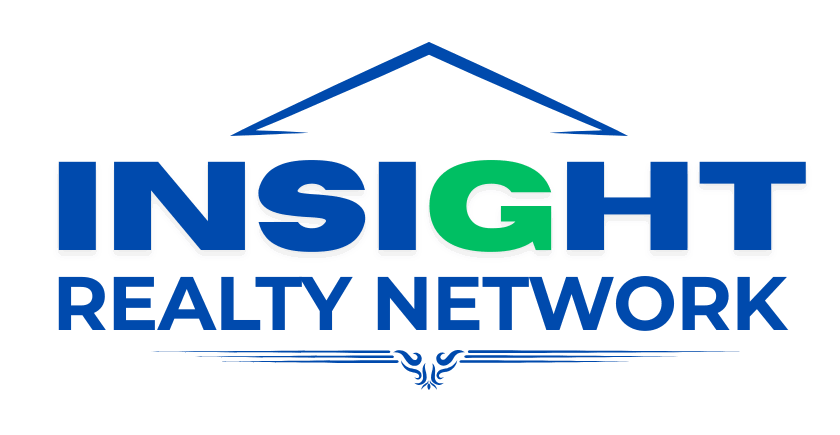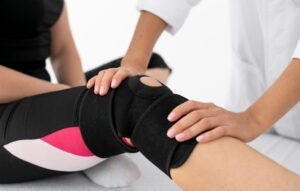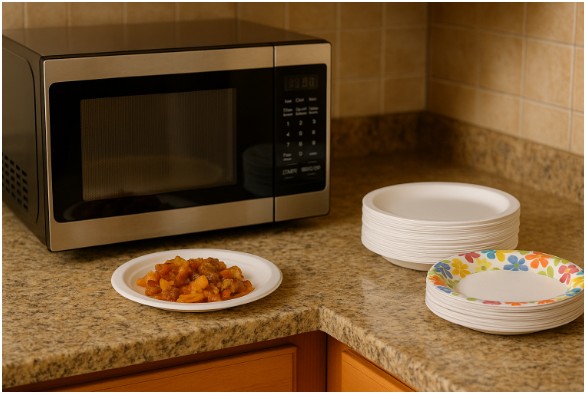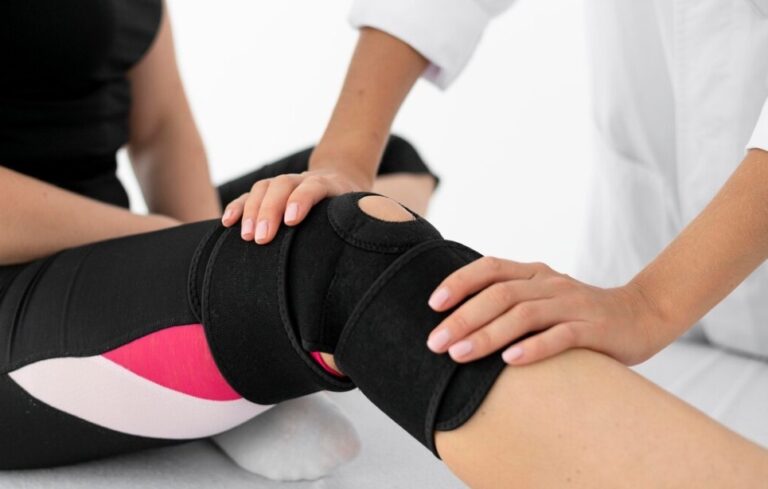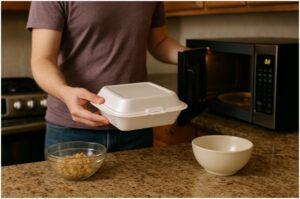I’ll be honest—my first microwave disaster involved leftover pizza, a paper plate, and a puff of smoke that had me waving a kitchen towel like a maniac. I thought paper couldn’t possibly go wrong in the microwave.
Turns out, I was wrong. The plate’s glossy coating didn’t mix well with heat, and I quickly learned that not all paper plates are created equal. So, can you microwave paper plates safely? The answer depends entirely on the kind of paper plate sitting in your kitchen.
After that fiasco, I made it my mission to figure out which paper plates handle heat and which ones belong nowhere near a microwave. Here’s everything I’ve discovered—minus the smoke alarm drama.
What Makes Some Paper Plates Microwave-Safe?
Some paper plates are totally fine in the microwave—others, not so much. The key lies in what they’re made of.
Plain, uncoated paper plates are the real heroes. They’re made from simple paper pulp, which absorbs microwave energy evenly without melting or sparking. These are ideal for quick reheating—think warm sandwiches or a few slices of pizza.
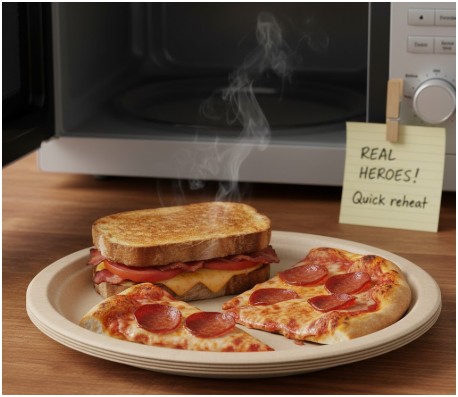
Another great option is sugarcane (bagasse) plates. They’re eco-friendly, heat-resistant, and handle moisture better than most disposable options. I use these when I want a sturdy plate that doesn’t wilt under a pile of leftovers.
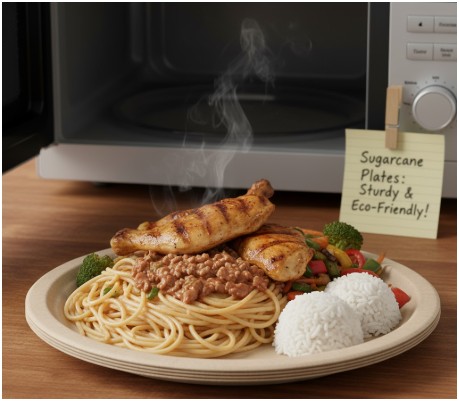
The danger comes from plates that have a shiny or glossy finish. That slick coating usually means a thin layer of plastic or wax that melts or warps when exposed to microwave heat. Even worse, it can release chemicals you definitely don’t want in your food.
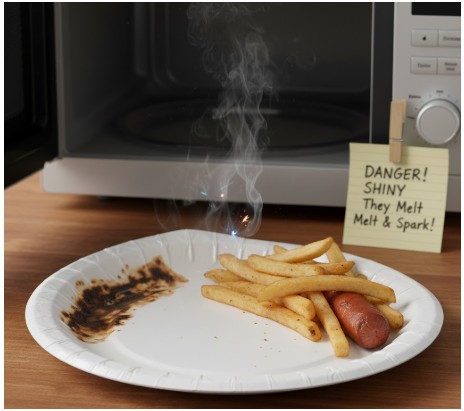
Which Paper Plates Should You Avoid in the Microwave?
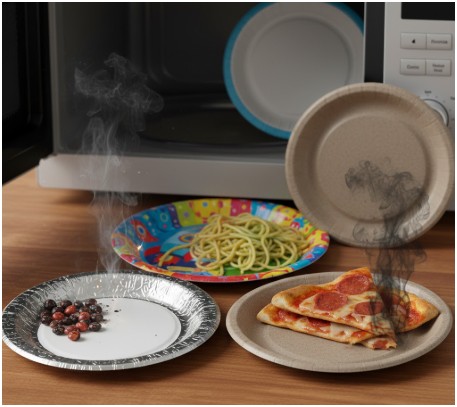
If your plate sparkles, shimmers, or glows like party décor, skip it. Those metallic rims or foil accents look fancy but can cause serious sparks in seconds.
Printed plates are another hidden hazard. The inks and dyes that make them colorful may leach into your food when heated. And while recycled paper plates sound eco-friendly, they can contain random materials or plastic traces that react badly to heat.
If a plate looks like it could survive a birthday cake but not a science experiment, trust your gut—don’t microwave it. I’ve had plates curl, smoke, and even discolor mid-reheat. Lesson learned: if it’s decorative, it’s dangerous.
How Can You Tell if a Paper Plate Is Microwave-Safe?
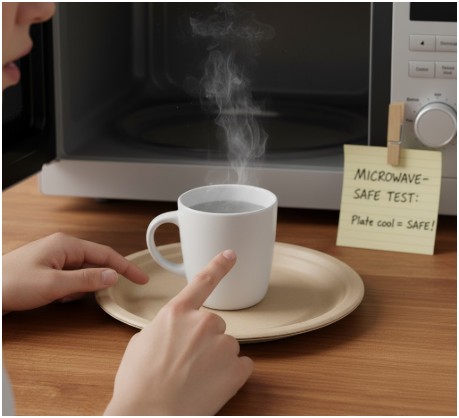
You don’t need to guess—you can test it. My go-to method is quick, easy, and safe.
Place the plate in your microwave with a cup of water on top. Heat it on high for about one minute. When you take it out, touch the plate carefully.
If it’s hotter than the water, it’s absorbing microwave energy, which means it’s not microwave-safe. If it feels cool or just slightly warm, you’re good to go.
This test has saved me from plenty of meltdowns—literally. I use it on any plate that doesn’t have clear packaging or a visible “microwave-safe” label.
Can You Microwave Paper Plates With Food on Them?
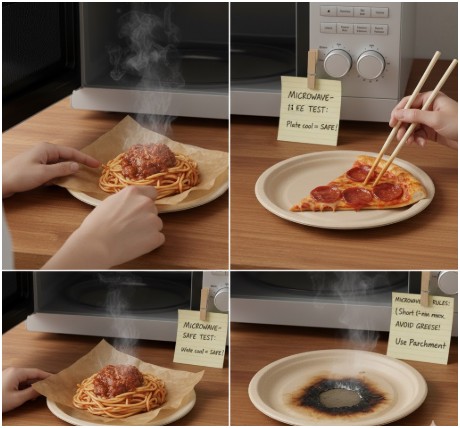
You can, but there are a few rules. Even safe paper plates can burn if you overdo it. Always heat in short bursts—around 1 to 2 minutes max. If the food isn’t warm enough, stir it and reheat for another short round.
Avoid greasy or oily foods, since oils reach higher temperatures than water and can scorch the paper. For extra protection, I sometimes place a napkin or parchment sheet between the plate and the food.
It helps reduce direct heat contact. When in doubt, transfer your meal to a glass or ceramic plate. It’s safer, sturdier, and guaranteed not to melt.
What Are the Safest Types of Paper Plates for Microwaving?
Here’s a quick comparison table I’ve built over time to make choosing easier:
| Type of Plate | Microwave-Safe? | Why or Why Not |
| Plain, uncoated paper | Usually safe | Made from paper pulp, no coatings or metals |
| Sugarcane (bagasse) | Safe | Eco-friendly, heat-resistant, sturdy |
| Coated (plastic or wax) | Unsafe | Coating can melt or release chemicals |
| Printed or colored | Unsafe | Inks may leach into food |
| Metallic trim | Extremely unsafe | Causes sparks and possible fire |
| Recycled paper | Risky | May contain plastic or impurities |
| Styrofoam plates | Unsafe unless labeled microwave-safe | Can melt or release toxins |
I always go for plain white plates or those clearly labeled as microwave-safe. It’s a small step that saves a lot of stress—and kitchen cleanup.
How to Microwave Paper Plates Safely
Here’s the system that keeps me (and my leftovers) safe:
- Check for a “microwave-safe” label. It’s the best indicator of safety.
- Do the water test. When in doubt, test before use.
- Heat in short bursts. One to two minutes at a time is best.
- Avoid oily or fatty foods. They heat too fast and can ignite paper.
- Stay close. Never walk away while microwaving a paper plate.
These small habits make all the difference when you’re reheating food and multitasking your way through a busy day.
Can You Microwave Paper Plates That Look Glossy or Shiny?
Nope. Glossy equals danger. A shiny surface almost always means a plastic or wax coating, and those materials aren’t built for microwave heat. When they melt, they can leach chemicals or give off a burned-plastic smell that sticks around.
I once ignored that rule and ended up with a warped plate and that awful chemical scent. Since then, my rule has been simple: if it shines, it stays out.
Can You Microwave Paper Plates Twice?
You can, but it’s pushing your luck. After one round in the microwave, paper fibers weaken. The plate might look fine, but it’s less sturdy and can easily tear or sag. I usually just grab a new one or switch to a ceramic plate for round two.
And never reuse a plate that held oily food. Once the surface absorbs grease, it becomes a fire hazard waiting to happen.
FAQs About Microwaving Paper Plates
1. Can you microwave paper plates with food for more than two minutes?
I wouldn’t recommend it. Even microwave-safe plates can overheat after two minutes. Use short bursts and stir your food to ensure even heating.
2. Are brand-name paper plates like Dixie safe to microwave?
Most are, as long as they’re labeled microwave-safe. Some decorative or coated versions aren’t, so always read the packaging first.
3. Can you microwave wet paper plates?
No, moisture weakens the plate’s structure and can cause it to tear or overheat. Always use dry plates.
4. What if I accidentally microwave a coated paper plate?
If you smell burning or see smoke, stop the microwave immediately. Let it cool before cleaning. You’ll be fine, but it’s your cue to check for that microwave-safe label next time.
My Final Take: Plain Plates, Peace of Mind
Here’s my golden rule after plenty of trial and error: keep it simple. Plain, uncoated paper plates are safe, reliable, and drama-free. Anything shiny, printed, or recycled goes straight to the “no” pile.
So, the next time you’re wondering, can you microwave paper plates, remember that a few seconds of caution beats a smoky kitchen every time. Stick to plain plates, keep your heating short, and you’ll never have to wave smoke away with your oven mitt again.
